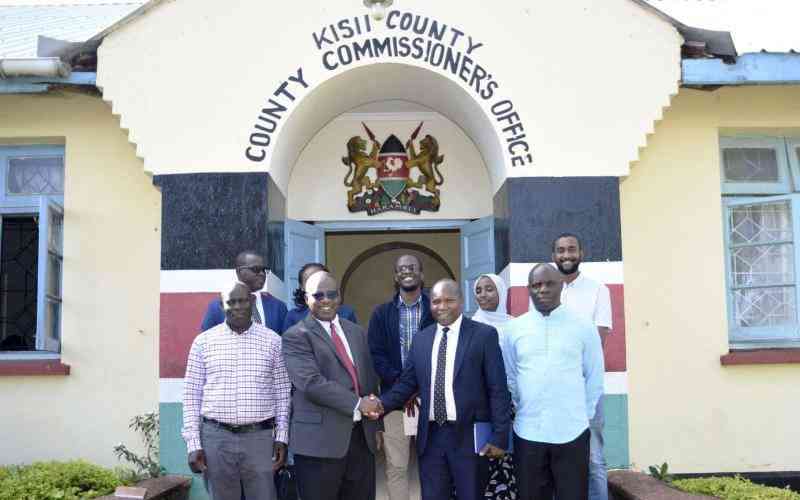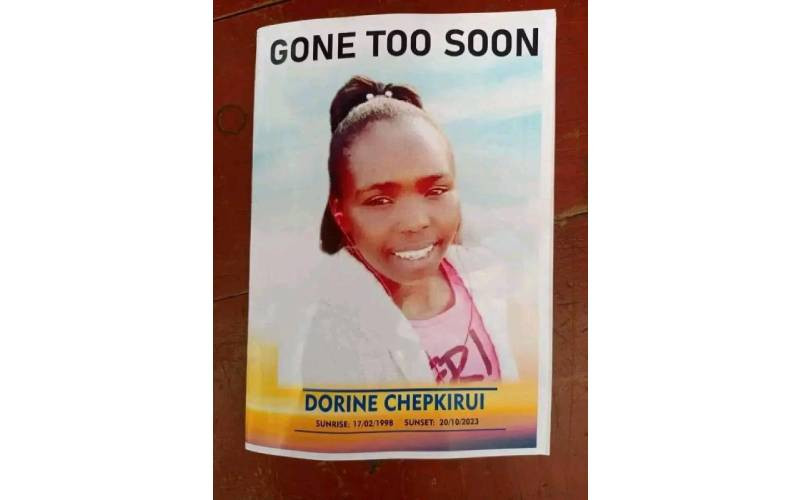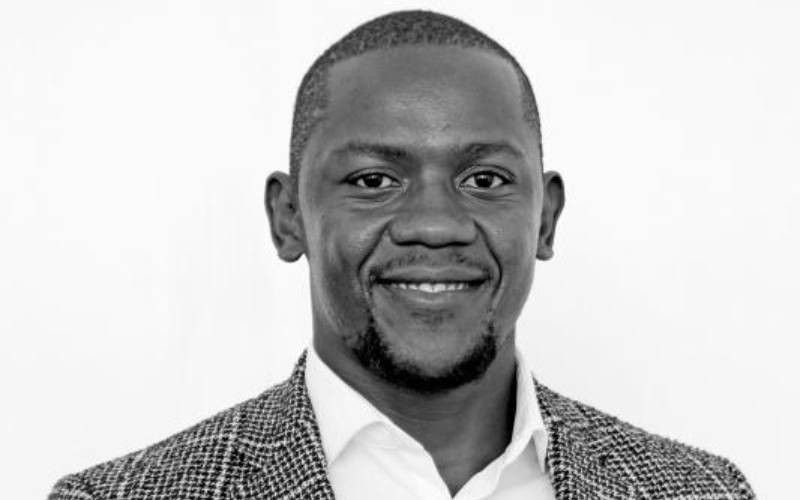They are celebrated for the blood, sweat and tears they shed for Kenya. One form of sacrifice to another — and while a few who are still living have something to show for their sacrifice, their comrades literally vanished into thin air.
As the country marks Mashujaa Day, it is ironical that we celebrate soldiers whom we left behind in battle, and whose families languish in poverty and obscurity. For one reason to another, successive regimes since independence have shown disinterest in finding their graves and singing the ‘last post’ for these freedom fighters .
Their role in the struggle for is not in doubt yet their deaths were shrouded in mystery and their graves are buried in classified files by governments.
Here are Mashujaa whose resting places might never be known and whose kin and country might never accord a decent send off.
Field Marshal Dedan Kimathi
The unknown location of the Mau Mau leader’s grave location remains a farce and a source of great shame for the people of Kenya . When Kimathi was captured and executed by the British government in 1957, hopes were rife that African fighters would get his body and give him a hero’s burial.
That was not to be. It’s said he was buried in an unmarked grave at Kamiti Prison. The British claim they have no clue where the exact spot lies, but historians question how a people so meticulous with records would forget where they buried a man they hunted for years. It is puzzling why the why the Kenya Government has not forcefully pursued this matter.
The search for this grave has always been a high-profile pledge, soaring optimism, that ends in eerie silence . His wife Mukami Kimathi who demanded his body few weeks after he was hanged describes the journey to unravel the grave as chock-full of frustrations, falsehoods and empty promises.
Mukami reveals her pains in a book: “Mukami Kimathi Mau Mau Freedom Fighter” published last year, chronicling her life.
“Why did they hide the details of what they did with his body after they killed him? Where is Kimathi’s body? Where is Dedan Kimathi buried?” she poses.
Kimathi’s bravado inspired late South African President Nelson Mandera who visited Kenya in July 1990 after release from 27 years’ imprisonment, to see his grave — but left a disappointed man.
In 2003, alleged witnesses of Kimathis’ death and burial volunteered to locate the grave at Kamiti. Minister of Home Affairs at the time was Moody Awori. The search was abandoned after experts dug dozens of spots without success.
On March 17, 2016 Mukami received a file from then Chief Justice Dr. Willy Mutunga said to have answers on the mystery surrounding Dedan’s body — but this too turned out to be a whopper.
“I cried when I received the file, because I thought I would have all the answers. But alas, this was not the case. The file is clearly a crude facsimile of justice,” laments the 87-year-old widow.
She poses: “The British were meticulous record keepers as was the Kenyan government. How could they not know where Dedan Kimathi, the man the British had sent an entire battalion to kill, was buried?”
Stay informed. Subscribe to our newsletter
Koitalel Arap Samoei
The Nandi Supreme Chief and seer led the first resistance of British colonial rule in Rift Valley for 11 years in late 1890s. Colonialists lured him to accept a cease-fire, but killed and decapitated his body.
British government fighters led by Col Richard Meinertzhagen killed the spiritual leader, cut off his head and carried it to London. Samoei’s headless body was interred in Nandi Hills where the government immortalised him with a mausoleum — but 113 years later, efforts to get his head and bury him stately have been fruitless.
In 2016 Nandi county demanded the Queen government to return the head, but London has been quiet.
Waiyaki wa Hinga
The Kikuyu paramount chief waged war on colonial masters in 1890s way before they successfully established their reign in Kenya.
Waiyaki welcomed and accomodated the whiteman, but later fell out with them. Waiyaki changed tune after realising that the visitors were pillaging their food, livestock and ‘hunting’ Kikuyu women.
Waiyaki’s fighters attacked the colonialists in 1891, but he was captured, battered senseless, tried and was to be imprisoned inMombasa. That was in August 1892. The however ended in Kibwezi, Makueni County where his body was buried in an unmarked grave.
It is said that Waiyaki lost consciousness after his head injury worsened. His handlers decided to bury him there. It is however claimed he was buried in a Scottish mission graveyard while still alive.
His family has lately been demanding that the body be exhumed — so he can be accorded a decent burial and a beffitting monument erected in his memory. Last year former city governor Evans Kidero promised to erect a monument along Waiyaki Way named after him, but this has not been forthcoming.
General Stanley Mathenge
He and Field Marshal Dedan Kimathi led an offensive on British fighters and sympathisers in 1950s but his disappearance and subsequent death is an ambiguous narrative.
It is believed the Mau Mau leader fell out with Kimathi before crossing to Ethiopia. That was before the State of Emergency was lifted, and many Mau Mau fighters captured and killed.
Field Marshal Muthoni wa Kirima in a past interview told The Nairobian that General Mathenge betrayed the freedom fighters. A silent decree was passed that he be hanged. He was however pardoned — and opted to flee to the neighbouring country in 1955.
Mwai Kibaki’s government embarked on a frantic search for Mathenge or his grave. In March 2003, Ato Lemma Ayanu, a peasant farmer sourced from Ethiopia and given state attention turned out to be an impostor — and not Mathenge as was widely propagated.
Though a city road is named after him, Mathenge’s grave remains a mystery.
Kung’u Karumba
The freedom fighter and one of the ‘Kapenguria Six’ detainees — and who never hopped into politics after independence — disappeared into thin year 44 years ago. Karumba disappeared on June 1974 while in Uganda on a business trip. He ran Wananchi Transport Company that operated buses between Nairobi and Uganda.
It was rumoured that his disappearance was the work of high-profile people in government. Others linked his disappearance to then Uganda President Idi Amin. That month, when Karumba went missing, Kenya and Uganda had a diplomatic tiff after Amin threatened to annex part of Kenya he claimed belonged to his country. Kenyan intelligence had also impounded a cache of Soviet-made arms at the Port of Mombasa headed to Uganda. Armed Kenya Army soldiers were deployed at the Kenya-Uganda border.
Karumba was declared dead on the expiry of the mandatory seven years after which a missing person is legally proclaimed dead. Son Johnson Muchai is quoted saying government frustrated their quest for truth and where his grave lies.
 The Standard Group Plc is a
multi-media organization with investments in media platforms spanning newspaper
print operations, television, radio broadcasting, digital and online services. The
Standard Group is recognized as a leading multi-media house in Kenya with a key
influence in matters of national and international interest.
The Standard Group Plc is a
multi-media organization with investments in media platforms spanning newspaper
print operations, television, radio broadcasting, digital and online services. The
Standard Group is recognized as a leading multi-media house in Kenya with a key
influence in matters of national and international interest.
 The Standard Group Plc is a
multi-media organization with investments in media platforms spanning newspaper
print operations, television, radio broadcasting, digital and online services. The
Standard Group is recognized as a leading multi-media house in Kenya with a key
influence in matters of national and international interest.
The Standard Group Plc is a
multi-media organization with investments in media platforms spanning newspaper
print operations, television, radio broadcasting, digital and online services. The
Standard Group is recognized as a leading multi-media house in Kenya with a key
influence in matters of national and international interest.








